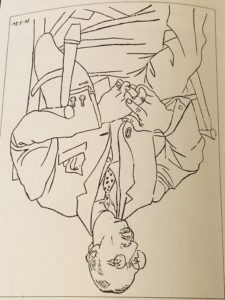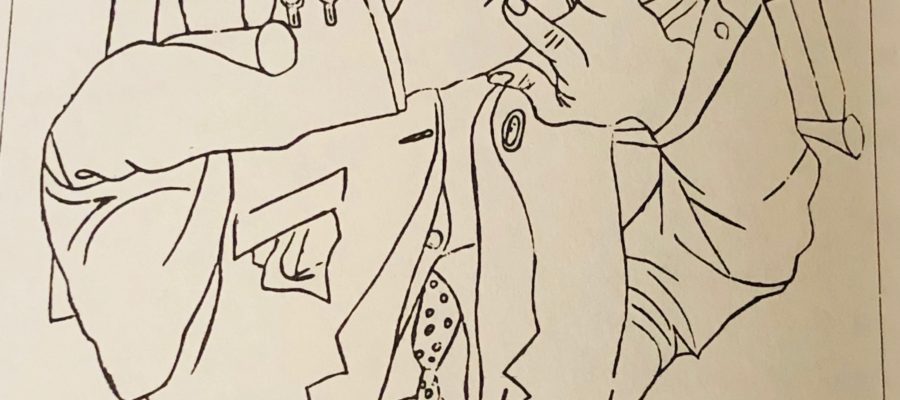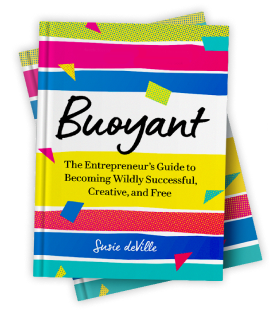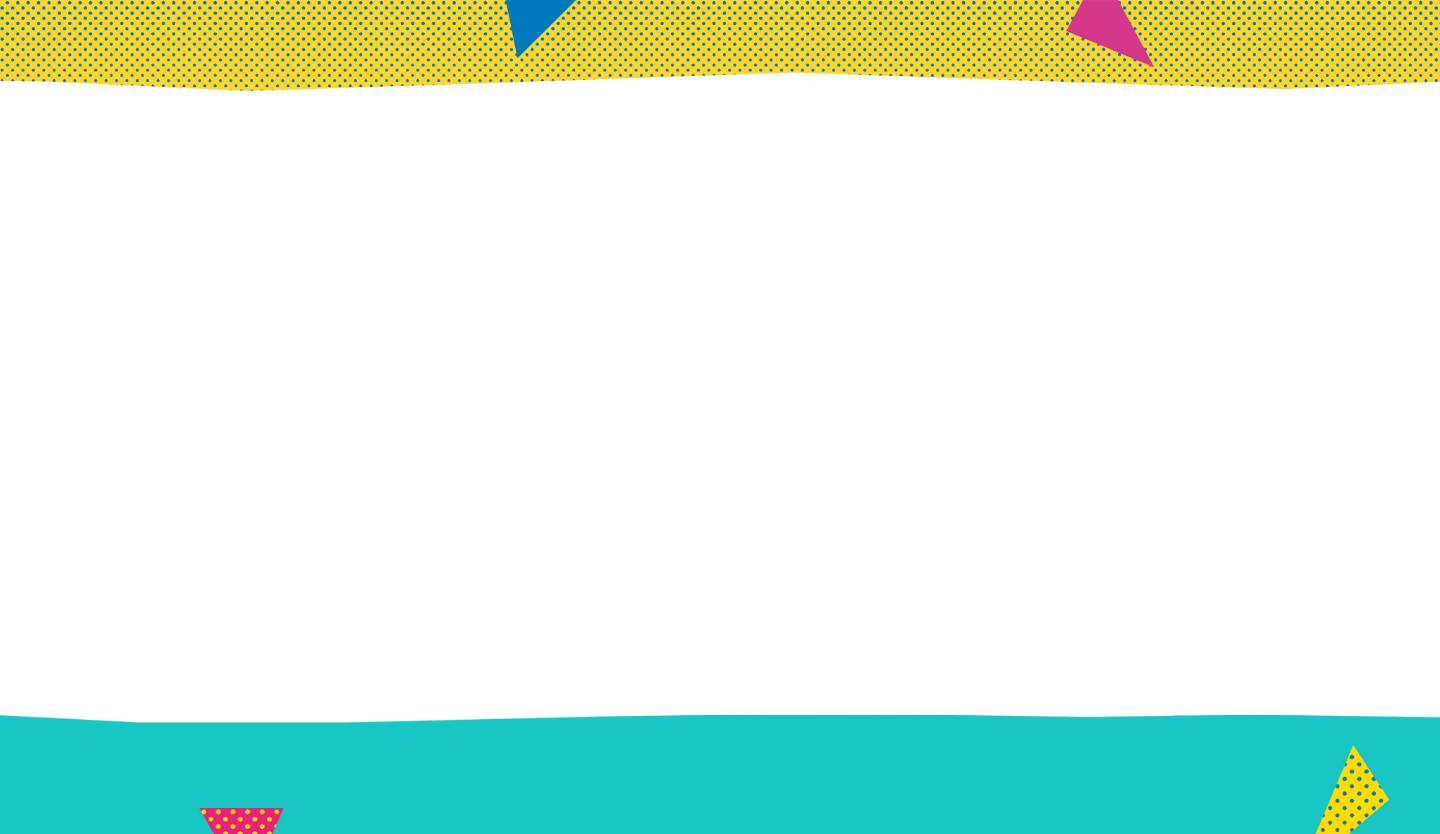“An individual’s ability to draw is … the ability to shift to a different-from-ordinary way of processing visual information—to shift from verbal, analytic processing to spatial, global processing.” ~ Betty Edwards, author of Drawing on the Right Side of the Brain
I hope your holidays are filled with the kind of joy you felt as a child awaiting Santa, as well as all the love and magic of the season. I know that 2019 is going to be a break-through year for you and me, and I am so excited to see how it will all unfold!!!
Much love to you and your families! My next newsletter will go out on January 4, 2019—the first one to welcome in the New Year!
I sat on a velvet bench in the Fashion Museum in Paris with my sketchbook, pencils, and eraser on my lap. I stared at the gorgeous, blue gown with feathers that cascaded down from the waistline, and scrunched up my face.
I kept staring at the feathers, trying to sort out exactly how to get my brain and hand working together to sketch what my eyes saw. The woman who was leading our sketching class intuited my quandary and sat down next to me.
Relieved, I asked, “I’m struggling with the feathers … I mean, how do I even begin to tackle doing those?”
“Sit quietly for a moment and just stare at them,” she suggested. “Let the feathers become background, and the white space between them become the foreground. Once you see it, draw the white space instead of the feathers.”
My initial thought was that she was no help at all! But, I gave it a try and was delighted that after about 3 minutes of staring, I could see the white space. I was shocked to discover that drawing the white space was much easier to tackle than the feathers.
How could that be?
When my brain was no longer focusing on trying to draw a known element (i.e., feathers), my inner critic (the Censor) quieted down. The Censor was no longer chirping that I did not have the skills required to draw feathers; rather, I went about the job of drawing nameless white space, connecting lines to curves. This put my brain into what Betty Edwards, author of Drawing on the Right Side of the Brain, would call a spatial, globally-processing mode and away from operating via a verbal, analytic mind.
Interestingly, you can ignite this part of your brain anytime you desire, and doing so turns on your creativity for all kinds of other tasks like brainstorming ideas, thinking up innovative solutions to vexing challenges, approaching problems with fresh eyes, and/or seeing a strategic path for unraveling a business or personal puzzle.

Source: Drawing on the Right Side of the Brain by Betty Edwards.
It’s all right there, available to you, and you can access it by sketching.
Before you leap to your feet shouting that you cannot draw, understand that you can. Get a piece of paper and a pencil (no fancy tools required). Have a look at the drawing above (yes, he is meant to be upside down). This is Picasso’s sketch of Igor Stravinksy and is one of the drawing exercises in Edwards’ book.
Print it out (or just view it on your screen) and keep the image upside down. Select an area of the image and begin drawing, connecting line to curve.
As you will discover, your brain is going to be occupied with the rather simple tasks of drawing lines and curves and will not be barking at you that you cannot possibly drawn a man in a chair. Once you have finished, flip the paper right side up. Voila! I know how stunned you are going to be.
Yes, you CAN draw!
Now, here is where things get even more interesting. Select a problem or challenge you have been trying to think through/solve. Assign your brain the task of working on it right after you finish your sketch and notice how differently your brain approaches problem solving and idea iteration. Road blocks in your thinking that you previously grappled with will loosen their grip on you. New ways of framing the issue at hand will come to mind. Pathways to novel solutions will clear.
Remember: You can claim your innate creativity (whether through sketching or problem solving) at a moment’s notice. It is always available to you—it’s just a matter of shifting into a different mental processing mode.










